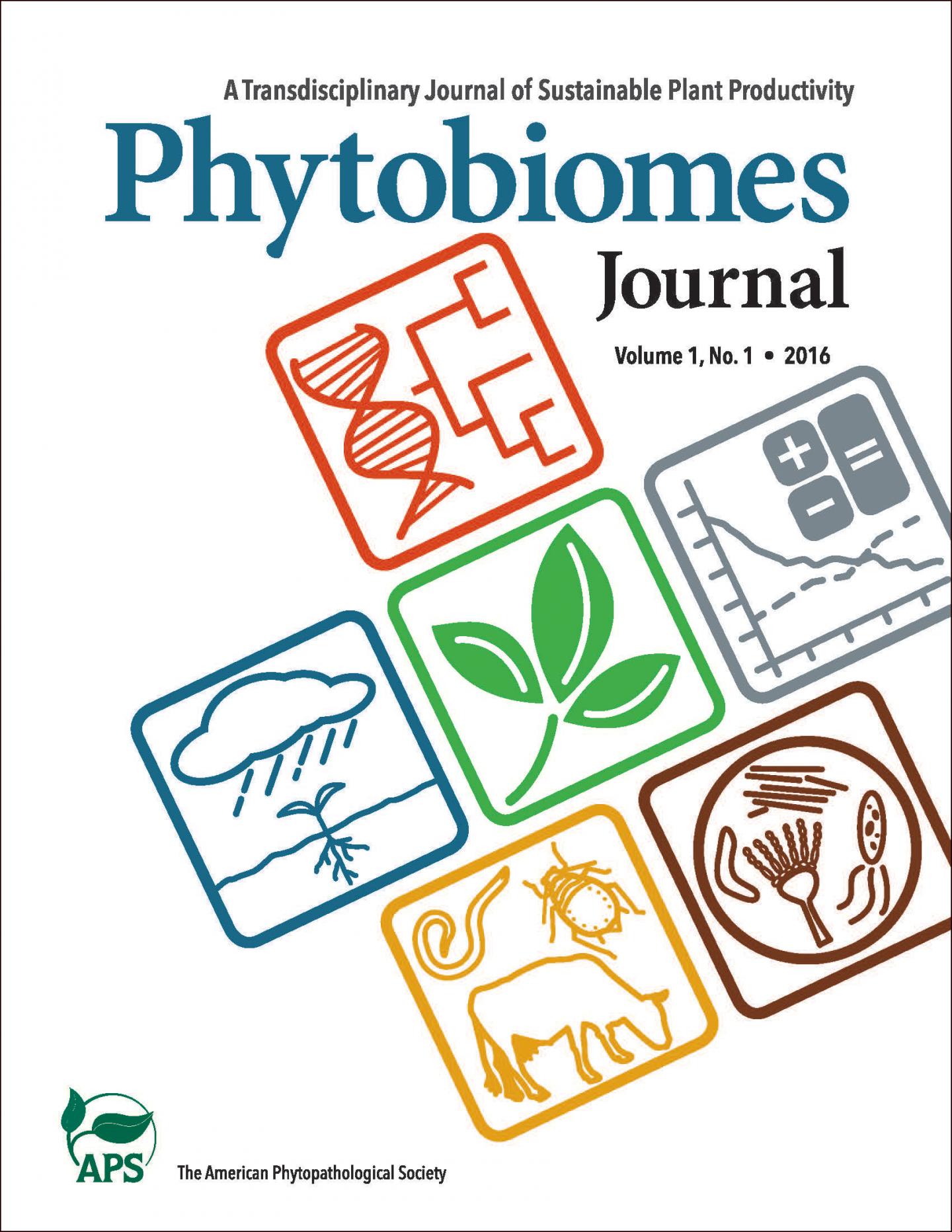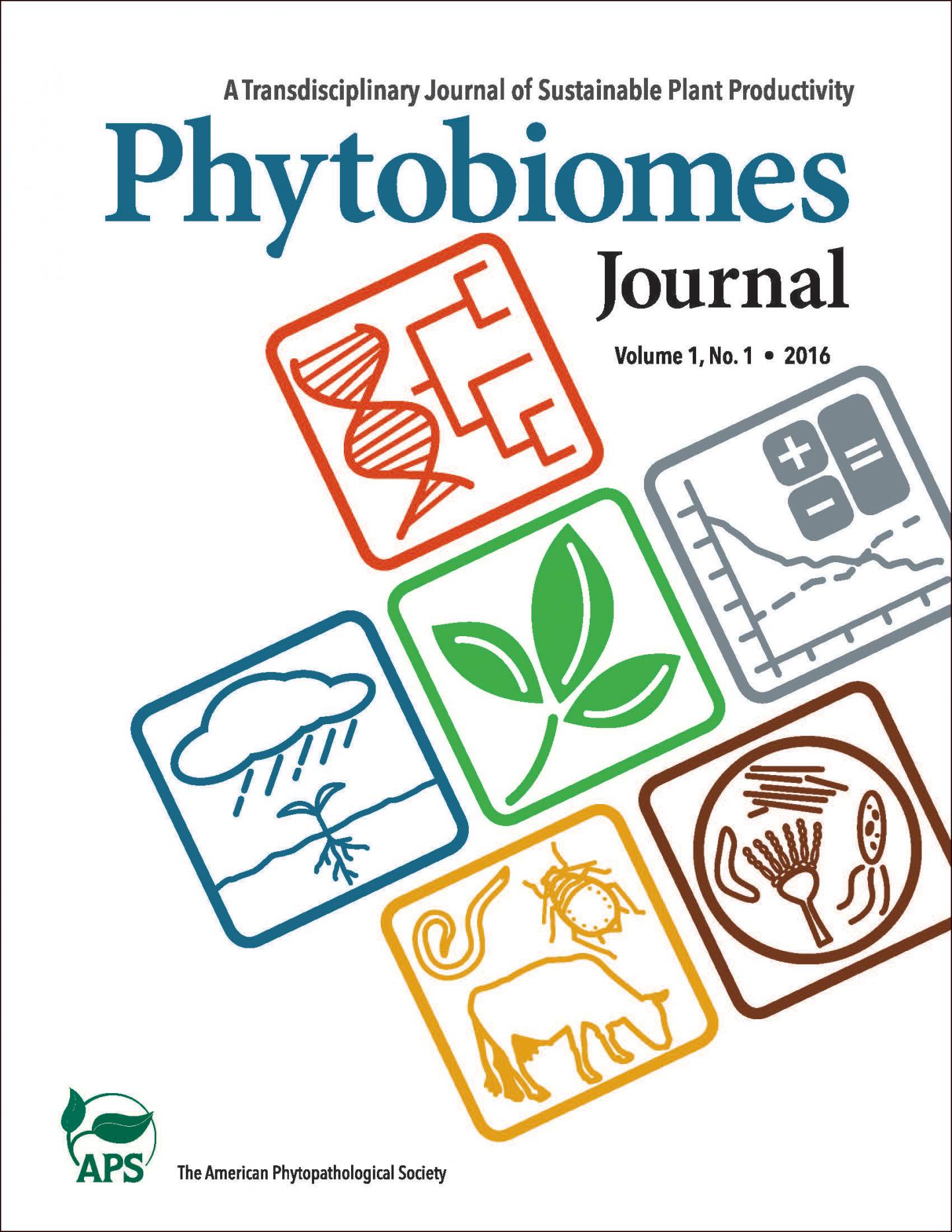
Credit: The American Phytopathological Society
St. Paul, Minn. (August 2017)–In recent decades, growers have increasingly been adopting no-till farming to reduce soil erosion and decrease fuel, labor, and inputs.
Wheat farmers of the inland Pacific Northwest, however, have been slower to adopt no-till, in part because–at least in the short term–they see more incidence of fungal soil-borne diseases like Rhizoctonia root rot when crop residues accumulate in the field. However, over longer periods of time, researchers located at Washington State University and the University of Idaho saw these fungal disease outbreaks decrease after farmers continuously practiced no-till over multiple seasons. This begged a research question: Is this due to some form of natural suppression by microbial communities?
The study of Yin et al, published in Phytobiomes, a new and fully open-access journal of The American Phytopathological Society, brings the scientific community one step closer to the answer, plus paves the way for further research.
In their article, titled "Bacterial Communities on Wheat Grown Under Long-Term Conventional Tillage and No-Till in the Pacific Northwest of the United States," Paulitz and colleagues did side-by-side comparisons of microbial communities in long-term, no-till plots, along with adjacent plots under conventional tillage on wheat farms in Washington and Idaho. To achieve this, they used Next Generation Sequencing (NGS), which can generate thousands of DNA sequences from a single soil sample, and the DNA can be used to identify the bacteria.
Over two years, bulk and rhizosphere soil samples were taken from two locations in each of the no-till and conventional plots. The samples were then evaluated for differences in the bacterial communities, particularly those which might explain the occurrence of fungal diseases.
"This is the first time next-generation sequencing was used to get such an in-depth look at bacterial communities in the inland Pacific Northwest wheat cropping system," said Paulitz, corresponding author of the article and Research Plant Pathologist at USDA-ARS in Pullman, Washington.
Through the study, Paulitz and fellow researchers found that these bacterial communities were dynamic from year to year, as well as location to location. And while microbes in the Bacteroidetes family were more frequently found in conventional tillage systems, bacterial families were generally more affected by the position of the sample.
"We found very few shifts of community and bacterial groups that could be explained by tillage, said Paulitz. "What made a bigger difference was where the sample was taken–in the soil surrounding the plant or from the surface of the root. These two communities were very different."
In general, families of bacteria regarded as fast growing such as Oxalobacteriaceae, Pseudomonadaceae, and Cytophagaceae, as well as members of the phylum Proteobacteria, were more abundant in the rhizosphere soil samples.
Those in the families of bacteria that are slower growing, such as Gaiellaceae, Acidobacteria and Gemmatimonadetes were generally more abundant in the bulk soil samples.
This study led to a new hypothesis, that fungal communities are more influenced by changes in tillage, because they are responsible for degrading the crop residue left on the surface with no-till.
Paulitz sees this research as important, because soil health can be a critical component in next-generation practices for sustainable agriculture.
"Instead of relying on inputs like fungicides, can we manage disease by using rotation and other cultural techniques? Using the latest techniques, we can now look at the microbiome to begin defining and building soil health."
###
About Phytobiomes
Phytobiomes is a fully open access, transdisciplinary journal of sustainable plant productivity published by The American Phytopathological Society. Phytobiomes publishes original research about organisms and communities and their interaction with plants in any ecosystem. It also provides an international platform for fundamental, translational, and integrated research that accomplishes the overarching objective of offering a new vision for agriculture in which sustainable crop productivity is achieved through a systems-level understanding of the diverse interacting components of the phytobiome. These components include plant pathogens, insects, soil, microbes, weeds, biochemistry, climate, and many others. Follow us on Twitter @PhytobiomesJ.
Media Contact
Phil Bogdan
[email protected]
651-994-3859
http://www.apsnet.org
Related Journal Article
http://dx.doi.org/10.1094/PBIOMES-09-16-0008-R





